Is Hypochlorous Acid Just Bleach?
We Get This Question A Lot
We’ve heard it dozens of times:
“Is hypochlorous acid bleach?”
Our short answer? No.
Our long answer? Keep reading—we’ll walk you through it.
We’re Shandong Shine, proud makers of the Shine HOCl Generator Machine, and we’ve dedicated years to researching, refining, and promoting hypochlorous acid solutions. We know every molecule like an old friend. So let’s clear up the confusion once and for all—with a little science, a little humor, and a lot of truth.
Where It All Begins: Salt Water and Science
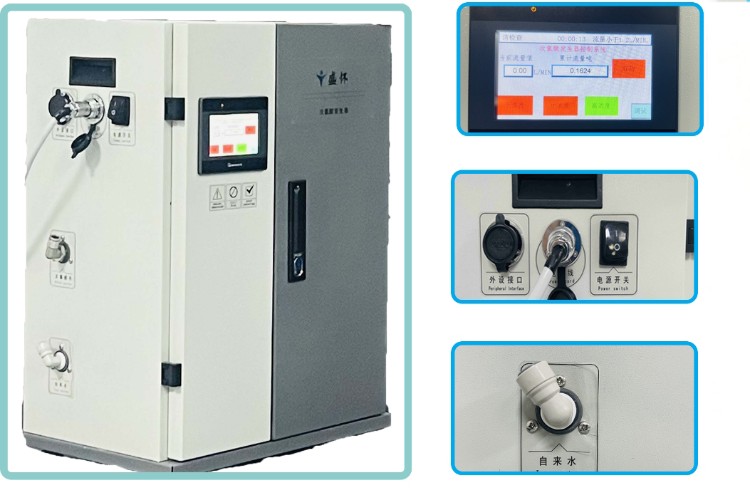
You’d be surprised how this story starts—with just three things:
· Salt (NaCl)
· Water (H₂O)
· Electricity
Through a process called electrolysis, we split the saltwater into hypochlorous acid (HOCl) and sodium hydroxide (NaOH). This reaction mimics what your body does naturally—your white blood cells create HOCl to fight off pathogens. It’s nature’s defense system.
Our Shine HOCl Generator Machine does the same thing—just cleaner, faster, and on demand.
Meet HOCl: The Hero Molecule
HOCl Is Not Your Average Disinfectant
It’s:
· Gentle on skin
· Tough on germs
· Eco-friendly
· Instantly effective
Its neutral pH means no harsh chemical burns, no dangerous fumes, and no toxic residues. Compare that to hypochlorite bleaches like traditional chlorine-based disinfectants—they’re corrosive, irritating, and come with warning labels as long as your arm.
Think HOCl Is Weak? Think Again
HOCl kills:
· 99.999% of bacteria in under 30 seconds
· Viruses like norovirus, influenza, and SARS-CoV-2
· Fungi, mold spores, and even biofilms
All while being safe for wound care and baby bottles.
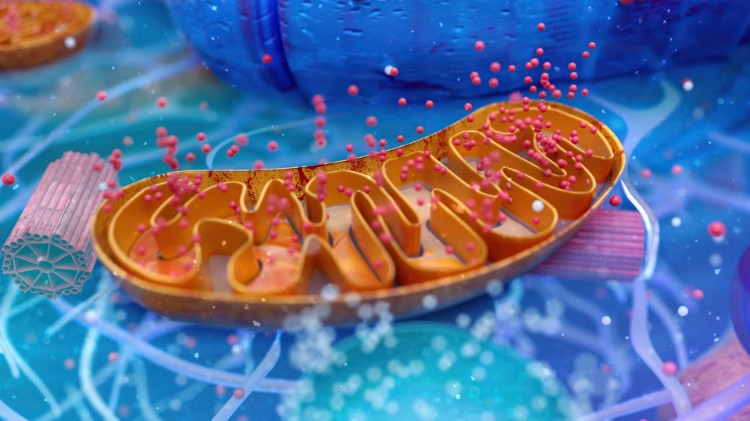
HOCl vs Bleach: Science Says They’re Different
The Chemistry Behind It
Let’s break it down:
· Bleach (NaOCl): Sodium hypochlorite in water
· HOCl: Hypochlorous acid, formed at a neutral pH
Here’s the catch—sodium hypochlorite (aka bleach) can form HOCl, but only under precise pH conditions (around 6.5). Most commercial bleach sits at a pH of 11–13. That’s far too alkaline to make HOCl dominant.
The Ion Factor
Bleach produces hypochlorite ions (OCl⁻)
HOCl is uncharged and can pass through microbial cell walls easily
That’s what makes HOCl up to 100 times more effective than bleach at the same concentration
Real Talk: How Safe Is It?
HOCl Is FDA-Approved
Yes—HOCl is approved for:
· Wound care
· Eye irritation treatments
· Food surface sanitation
· Dental water lines
It’s listed by the EPA for disinfection and included on List N for COVID-19 control.
You Could Spray It in Your Mouth (And Some Do)
Don’t do it for fun—but in dentistry and oral care, HOCl is used for:
· Gingivitis
· Post-surgical rinsing
· Decontaminating instruments
Try doing that with bleach… we dare you (just kidding, please don’t).
So, Who Came Up With This Wonder?
The Chemist Behind It All
In 1834, Antoine Jérôme Balard created HOCl by dissolving chlorine gas in water. It was revolutionary. Balard probably didn’t know he’d spark a revolution in modern disinfection.
His work laid the foundation for both chlorine-based disinfectants and modern hocl solutions. A century later, scientists finally understood HOCl’s biological role inside human white blood cells.
Why Bleach Still Sticks Around
Let’s be fair. Bleach has benefits:
· Cheap
· Long shelf life
· Strong oxidizer
· Easy to find in stores
It’s fine for toilets, floors, and tough stains. But here’s the kicker—it’s overkill in most settings. And harmful too. That strong chlorine smell? It’s not just unpleasant. It’s a health hazard when inhaled.
Where HOCl Shines Brightest
1. Hospitals and Clinics
We’ve seen our machines installed in ICUs, operating rooms, and wound care centers. No gloves. No residue. Just peace of mind.
2. Schools and Daycares
Children lick everything. HOCl lets us clean without risk. It’s perfect for desks, toys, and snack tables.
3. Food Production
HOCl sanitizes conveyor belts, meat surfaces, and packaging without affecting taste or texture.
4. Veterinary Clinics
Animal safe. Cage safe. Fur safe.
5. Agriculture
Spray it on produce. Use it in greenhouses. Clean tools and machinery. No harmful runoff.
6. Aviation and Hotels
HOCl foggers refresh entire airplane cabins or hotel suites in minutes—without chemicals that trigger allergies.
Our Favorite HOCl Use? Wound Care
This one’s personal. We’ve had customers write in about how HOCl saved them trips to the ER.
It:
· Reduces swelling
· Fights bacteria in real time
· Supports tissue regeneration
· Doesn’t sting like alcohol
HOCl outperforms iodine, hydrogen peroxide, and alcohol—all without harming living tissue.
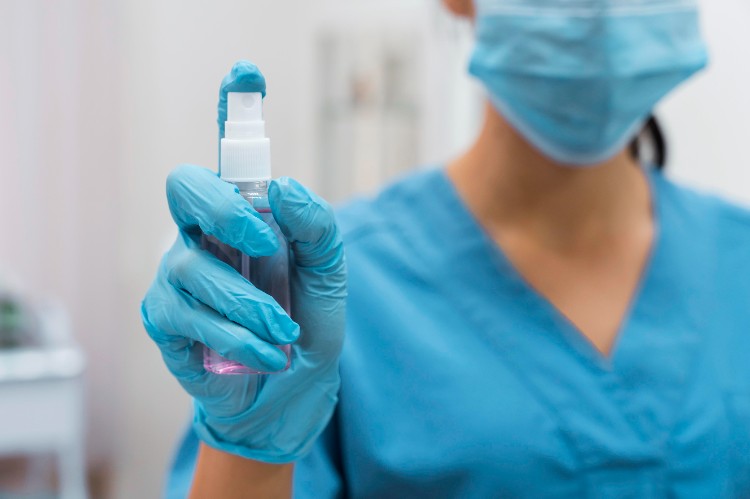
Misconceptions About HOCl
Let’s bust a few myths:
“It’s Just Diluted Bleach”
Wrong. HOCl has a different molecular structure, pH, and mechanism.
“It’s Too Weak”
Wrong again. HOCl is stronger in oxidation than bleach at the same concentration.
“You Can Make It at Home with Bleach and Water”
You can’t. That makes diluted bleach—not HOCl. And it won’t be safe for wound care or food.
“It’s Too New to Trust”
Actually, HOCl’s been used in medicine for over 100 years—just under the radar.
Why We Built the Shine HOCl Generator Machine
Honestly? We were tired of compromise.
Bleach was too toxic. Alcohol dried out our hands. UV was expensive.
So we built a machine that gives:
· High-purity HOCl with real-time ppm monitoring
· Automated acid-wash to prevent scale build-up
· Stable output with salt & water inputs
· Safe on-site generation without storing dangerous chlorine gas
And most importantly—it works. Every single time.
Shine HOCl Generator Machine vs. Traditional Bleach
Feature | Shine HOCl Generator Machine | Store-Bought Bleach |
Output Type | Fresh HOCl (500–1000 ppm) | NaOCl solution |
On-site Generation | Yes | No |
Requires Handling PPE | No | Yes |
Residue Left | None | Yes |
Environmental Impact | Minimal | Harmful to aquatic life |
Skin Safe | Yes | No |
Corrosive to Metals | No | Yes |
Our goal? Replace outdated bleach buckets with smart, clean HOCl stations.
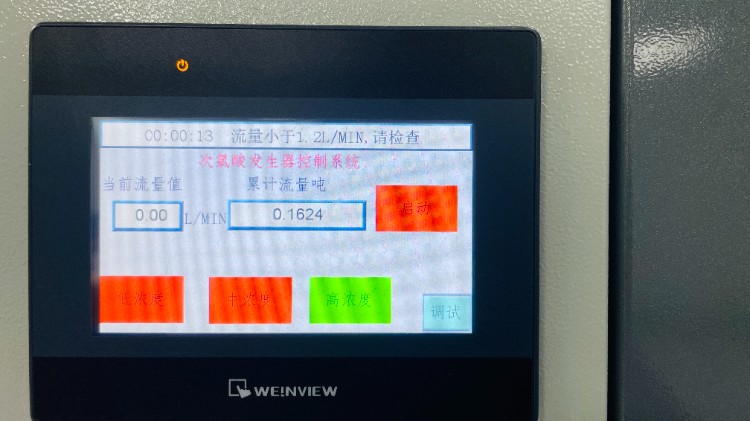
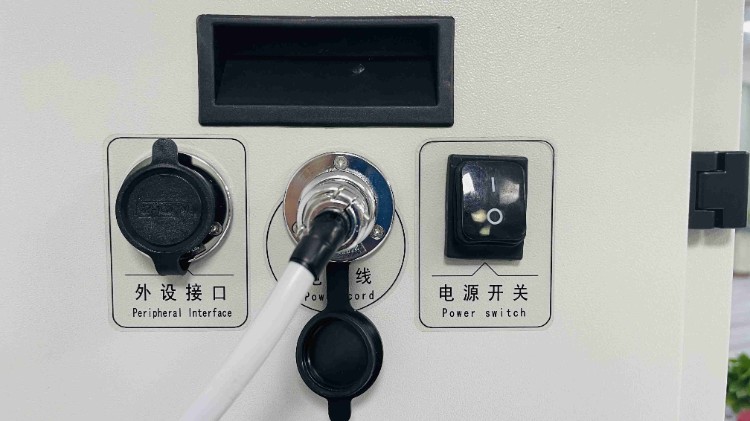
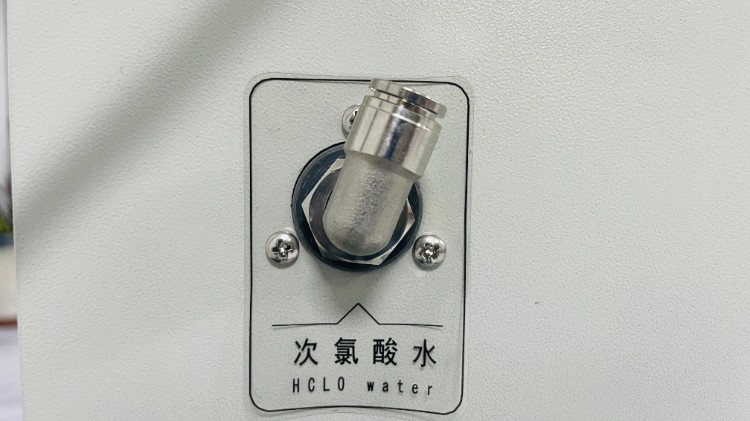
The Future of Disinfection Is Here
Let’s face it—cleaning shouldn’t mean coughing or itching.
HOCl isn’t just safe. It’s smart.
It uses science, not brute force. It protects humans without compromising on hygiene. It’s the future—and the Shine HOCl Generator Machine puts it in your hands.
Final Answer: Is Hypochlorous Acid Bleach?
Only in the most basic chemical sense.
But in the real world? No. It’s safer. Gentler. And way cooler.
If bleach is a bulldozer, HOCl is a laser scalpel.
Same roots—completely different outcome.
Frequently Asked Questions (FAQ)
1. Is hypochlorous acid the same as bleach?
No. Hypochlorous acid (HOCl) and bleach (sodium hypochlorite, NaOCl) are chemically related but not the same. HOCl is much gentler, more effective at neutral pH, and safe on skin.
2. Can I use hypochlorous acid instead of bleach?
Yes. HOCl is a powerful disinfectant that can replace bleach in most cleaning tasks, especially when safety and skin contact matter.
3. Does hypochlorous acid kill bacteria and viruses like bleach?
Absolutely. HOCl kills a wide range of pathogens—including bacteria, viruses, and fungi—just as effectively as bleach, and often faster.
4. Why is HOCl safer than bleach?
HOCl is pH-neutral, non-corrosive, and naturally occurs in white blood cells. It doesn’t burn skin, harm lungs, or produce toxic fumes like bleach does.
5. Can I drink or inhale hypochlorous acid?
While not recommended for regular drinking, HOCl is used in oral care, wound treatment, and even nasal sprays. Always follow safety guidelines for intended use.
6. How long does hypochlorous acid last after generation?
Fresh HOCl solutions can last from a few days to a couple of weeks depending on light, temperature, and container material. That's why on-site generation with a Shine HOCl Generator Machine is ideal.
7. Can I make HOCl by diluting bleach?
No. You cannot create true hypochlorous acid by just diluting bleach. That only creates a weaker hypochlorite solution with high pH, not HOCl.
8. Is hypochlorous acid good for wound care?
Yes. HOCl is FDA-cleared for wound cleaning and is used in hospitals to reduce infection, support healing, and avoid irritation.
9. What is the pH of hypochlorous acid?
HOCl works best at a pH between 6.5 and 7.5. At this neutral level, it's highly effective and non-irritating.
10. Is hypochlorous acid natural?
Yes. Your own immune system produces HOCl inside white blood cells to kill invading bacteria and viruses.
11. What are the ingredients in hypochlorous acid solutions?
Just water, salt (NaCl), and electricity. No added chemicals, preservatives, or surfactants.
12. Can I use hypochlorous acid around children and pets?
Yes. HOCl is safe for use on toys, furniture, and even pet fur. It’s non-toxic and doesn’t require rinsing.
13. Does hypochlorous acid have a smell?
It has a very mild chlorine scent—much less pungent than bleach—and it dissipates quickly.
14. What industries use hypochlorous acid?
HOCl is used in healthcare, food processing, agriculture, childcare, veterinary care, hotels, transportation, and more.
15. Is the Shine HOCl Generator Machine better than buying bottled HOCl?
Definitely. Fresh HOCl is more powerful. Our machine lets you create it on-site with just salt and water—no need for storage, shipping, or worrying about shelf life.
References
1. PubChem - Hypochlorous Acid
2. NIH - Role of HOCl in Wound Healing
